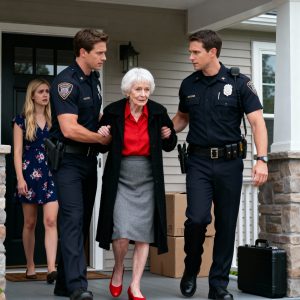Father’s Day was usually a swirl of handmade cards and backyard barbecues—pure sunshine in our little family. But this year, as I buckled five-year-old Lily into her car seat after preschool, she looked up with wide-eyed innocence and asked, “Can we invite my real daddy to the party?” The words knocked the breath from my lungs. She explained that a nice man had been visiting while I was at work—bringing chocolates, playing dress-up, and telling her he was her father.
I forced a smile, swallowed my panic, and suggested a secret “game”: we’d invite this mysterious visitor to Sunday dinner without telling Mommy. Lily clapped her hands, thrilled by the idea. Inside, I was already piecing together a puzzle I never wanted to solve.
Sunday arrived. I set the table with Lily’s favorite macaroni casserole while my wife said she had a photo shoot across town. When the doorbell finally rang, I opened it to find Adam—my oldest friend—smiling on the porch, bouquet in hand. Seconds later, my wife walked in, blanching at the sight of me. Their stunned faces told the story before a single word left their lips.
Over an excruciating dinner, Lily beamed at Adam and called him “Daddy” again and again. The truth spilled out: Adam and my wife had planned to break the news soon, they said. I quietly asked them both to leave my house. The next morning, I filed for divorce. A paternity test was set in motion, but in my heart I already knew—biology could never outshine the years of bedtime stories, scraped-knee bandages, and whispered lullabies.
Later that night, Lily padded into my room clutching her stuffed rabbit. “Are you still my real dad?” she whispered. I pulled her close, kissed her forehead, and promised that nothing—no secret visits, no paperwork—could change the love that made us a family. Fatherhood, I realized, isn’t etched in DNA; it’s written in the quiet, unwavering commitments we keep long after the plates are cleared and the guests have gone.





